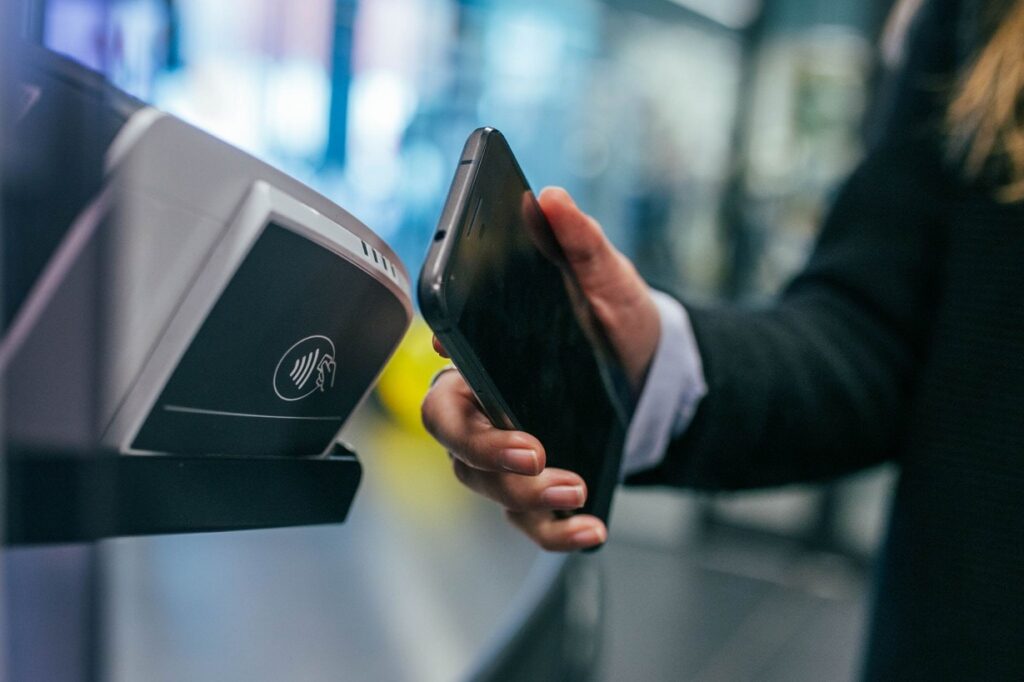Whether it’s e-trade or purely financial services such as banking, or pretty much anything in between, there’s no denying the ubiquity of fintech in today’s financial landscape. Start-ups and established companies aspiring to embrace the most recent developments often find themselves in a dizzyingly dynamic environment. With the immense potential comes increased risk. Indeed, what can a business do to secure itself and its customers against ever-diversifying fintech fraud? This article explores five techniques for minimizing fraud risk in financial technology.
A Proactive Approach
If you work in retail, you have probably heard of friendly fraud — a term used to describe schemes that revolve around chargebacks or cash returns to customers. By preventing fraud chargeback, you will secure your reputation as well as favorable conditions with banks and other financial institutions apart from saving money.
Create a window between the moment that return is claimed and the bank’s response by offering to negotiate. By intervening, you can show off excellent customer care in case the buyer didn’t mean to cheat you or deter them if they do this with fraud in mind.
Good Old Vigilance
Adopting a know-your-customer approach is a good place to start if you are seeking to reduce, if not exclude, fintech fraud. Fraudsters come in all shapes and sizes, but there’s one trend that has so far dominated the industry.
An overwhelming majority of fraud cases involve some kind of identity faking or other. Criminals want to be mistaken for a regular customer, like someone casually acquiring goods. If you take a close look at your customer stats, though, you’ll most probably find that every person has their transaction patterns, including the following:
- transaction addresses,
- spending times,
- phone call details,
- average amounts spent, and more.
Identifying potential deals as unusual, whether manually or using means of automation, allows you to sound the alarm before it’s too late. This tactic is in line with the proactivity mantra above, too.
Customer Awareness
It’s never a bad idea to educate your customers. Offer them an intuitive, straightforward interface where they can enjoy guided onboarding in case they are new to the tech you are using. This will improve their overall experience and bring security to a new level.
Of course, customers won’t legally blame you for their own negligence. Yet, sad incidents might hurt your reputation even if you are not the one who robbed them of their money.
Device Fingerprinting
Passwords, however complex, are mere strings of characters. They can be stolen, and so can combinations of those. Protection becomes much more reliable when the system learns to recognize individual user devices through device fingerprinting. The term refers to the practice of collecting device information. Such data can be used to a varying extent even with cookies off. The approach is a powerful tool when it comes to predicting the probability of fraud.
Multi-Layer Protection
The more levels of security fraudsters have to get through in order to succeed, the less motivated they will be to undertake such crime in the first place. Generally, each added security layer enhances your protection. It does add to complexity on the downside, but the tradeoff seems to be inevitable.
If you already have biometric security in place, try liveliness checks to preclude the use of forged or stolen portraits for identification purposes. Otherwise, combining fingerprint verification with customer behavior analysis and password protection is generally good practice.
An Ounce of Prevention (Is Not Enough)
If you want a rule of thumb for fintech security, here’s one: Never Stop Improving. Fintech fraud develops about as fast as financial technology itself, so look for all-round solutions incorporating truly advanced prevention techniques within a single framework.
